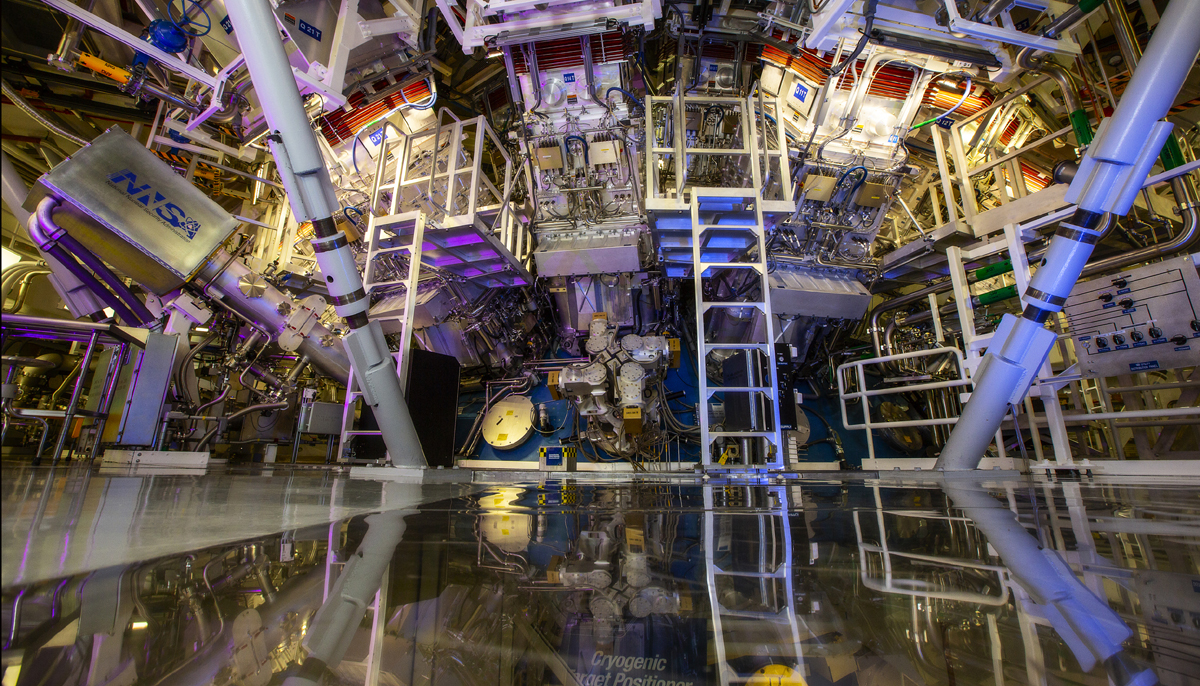The energy debates of our time will soon be history. An important date on the way to a new economic perspective for mankind is 13 December 2022: on this day, the US administration officially confirmed that the military research reactor at the Lawrence Livermore National Laboratory (LLNL) in California has succeeded in drawing significantly more energy from a fusion reactor during a fusion of hydrogen atoms to helium than was introduced into the system. At the experimental level, the yield is still only 3.15 megajoules, compared to the 2.05 megajoules that had to be invested for their output. In the foreseeable future, however, it will be a matter of a fundamental change in energy production.
Fusion power plants will be able to produce electricity for less than one cent per kilowatt hour. The economic effects of this energy turnaround will be slowed down in Germany by taxes and other levies, but Germany is not alone in the world: the USA and China will create a new energy reality whose pull no one can escape.
Nuclear fusion is safe and does not smoke. It does not produce any CO2 emissions and will displace all other forms of energy production through its price advantage. In the course of the 21st century, the worldwide construction of fusion power plants will simply make it unprofitable to burn coal, oil and gas.
This will put an end to any debate about possible man-made climate change and take the wind out of the sails of all principled opponents of the use of modern technologies.
Until that time comes, the climate change deniers can really turn up the heat, but since 13 December 2022 it has been clear: any other form of energy production before fusion energy is a bridging technology whose time is running out.
Mankind still consumes less than 30 trillion kilowatt hours of electricity annually. Fusion power plants, once they become widespread, will easily be able to provide hundreds of thousands of times that capacity.
With widely available, extremely cheap electricity, we can do anything we want: Drive, swim, dive, fly, heat, cool. We can green deserts and build cities under water. There will be a world before and a world after fusion energy is developed. The scale of change will be comparable to that of the invention of the printing press and the steam engine. At least!
Private US lenders, many of whom do not know where to put their surplus cash, have announced huge investments. “Analysts estimate the global market potential of fusion technology at 40 trillion US dollars”, writes the “Handelsblatt” on 14 December 2022.
With a hundred thousand times more electric power, we will build houses of steel, glass, marble and granite instead of concrete. From coal and oil we can make modern plastics for the production of cars, ships, quadrocopters and much more instead of burning them.
This will not mean an end to all political debates, rather the opposite, but an energy-focused climate discussion, as it still exists today, will no longer exist in the second half of the 21st century.
Picture above: This is that fusion reactor at the Lawrence Livermore National Laboratory (LLNL) military research project in California, which in December 2022 will have ushered in the ultimate energy transition in human history. The scientists involved in it will receive the Nobel Prize in Physics along the way. Most importantly, they have taken a decisive step towards solving all of humanity’s energy problems. Photo: Jason Laurea/LLNL

